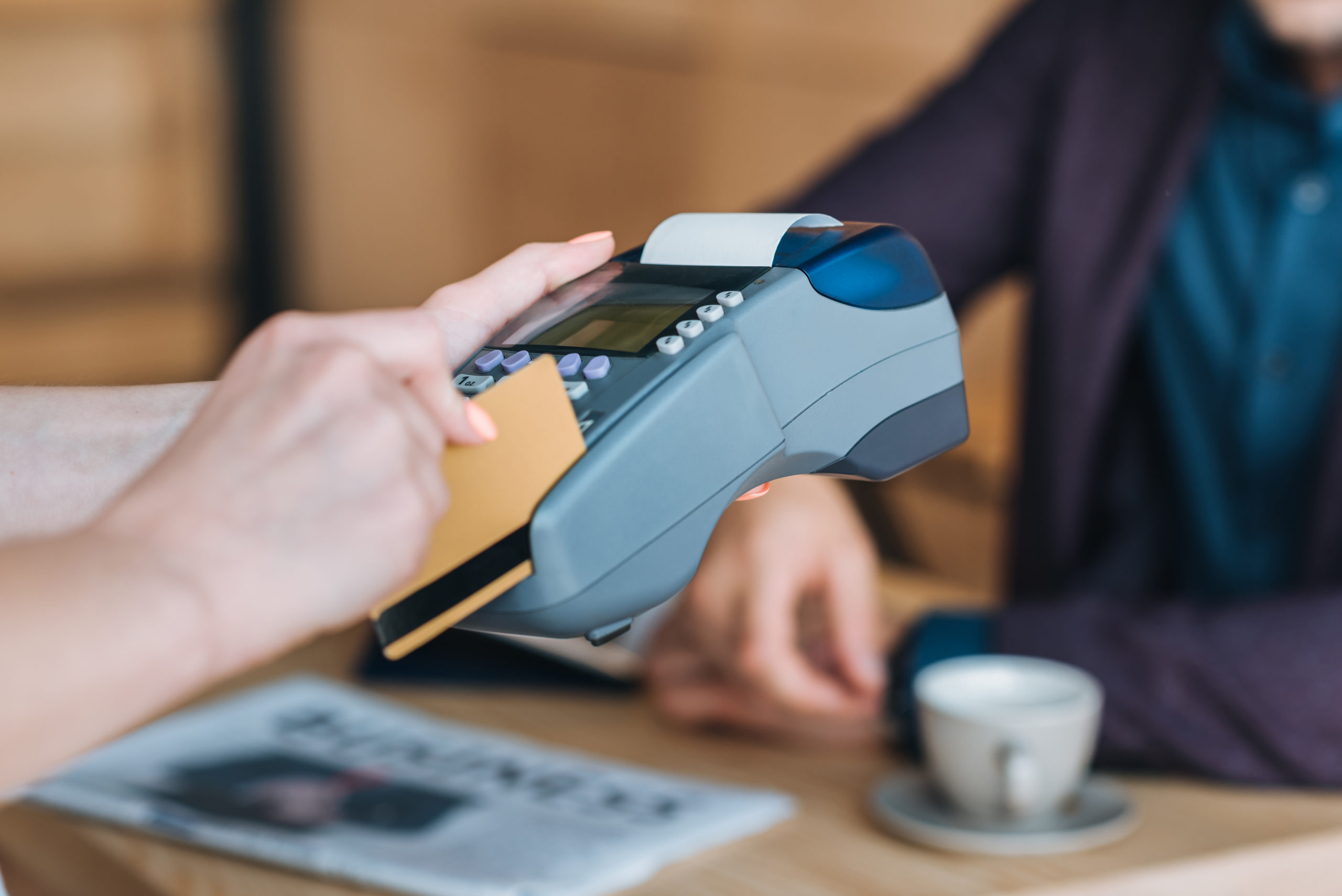Traveling can be an exhilarating experience, but payment friction often dampens the excitement at various stages of the journey. In this article, you’ll discover effective strategies to eliminate payment friction at every stage of the traveler’s journey, ensuring a seamless and enjoyable travel experience.
From booking flights and accommodations to making on-the-go purchases, understanding how to streamline payment processes can significantly enhance your overall travel satisfaction.
You’ll learn about innovative solutions that simplify transactions, reduce delays, and improve user experience, ultimately allowing you to focus on what truly matters—enjoying your trip.
What is Payment Friction in Travel?
Payment friction refers to challenges travelers encounter during transactions. These issues can occur at various stages, from booking flights to making purchases on-site. Common examples include:
- Payment Processing Delays: Slow transactions can lead to frustration.
- Multiple Payment Methods: Confusion arises when different merchants accept various methods.
- Currency Conversion Issues: Unclear exchange rates can lead to unexpected costs.
- Refund Complications: Difficulties in processing refunds can discourage future bookings.
Addressing these friction points enhances the traveler experience and facilitates seamless transactions. What specific challenges have you faced when paying during travel?
Overview of Travel Payment Processing
Travel payment processing requires secure fund transfers from travelers to merchants. Each transaction involves multiple steps to ensure a smooth experience.
- Booking and Authorization: You enter your payment details during the purchase process. The payment processor communicates these to the card network and issuing bank for authorization.
- Settlement and Funding: Upon approval, the issuing bank charges an interchange fee. The remaining funds are sent to the merchant bank, crediting the travel company’s account.
- Multi-Method Payment Acceptance: Supporting various payment options—such as credit cards, digital wallets, and bank transfers—caters to diverse traveler preferences.
- Integration and Testing: It’s crucial to integrate payment APIs with features like multi-currency support and refunds. Testing in a sandbox environment ensures security and reliability.
Through these processes, travel companies aim to minimize friction and enhance overall customer satisfaction.
Stage 1: Pre-booking and Discovery
Streamlining payment options during the pre-booking phase significantly benefits travelers. Focusing on currency selection and transparent foreign exchange management reduces friction and simplifies the payment process.
Currency and Method Selection
You face challenges when required to pay in unfamiliar currencies. Offering multiple currencies and payment methods, such as credit cards and mobile banking apps, alleviates confusion. A combined payment system enables a single checkout across various merchants, catering to diverse preferences.
Transparent FX Management
Unexpected fees from currency conversion can disrupt transactions. Providing clear information about transaction fees and exchange rates builds trust.
Prior disclosure of any foreign exchange margins helps to minimize cart abandonment and enhances the overall traveler experience. Instant settlement options reduce cross-border transaction costs by up to 60%.
Stage 2: Booking and Checkout
This stage focuses on minimizing payment friction to enhance the traveler experience during booking and checkout.
Customizable Checkout Flow
Implement combined payment systems. These systems enable transactions across multiple merchants within a single checkout. This consolidation reduces cart abandonment and streamlines the purchasing process. A simplified interface displays the total price, highlighting price breakdowns and payment options.
Automated and Subscription Payments
Support automated payment options. Enable subscription models where applicable. This approach streamlines repeat purchases. Offer various payment methods, such as credit cards and mobile banking apps, to match traveler preferences. Quick payment solutions significantly speed up transactions.
Checkout Security
Address security requirements, such as Strong Customer Authentication (SCA). This involves two-factor verification, which can complicate one-click checkouts.
Integrate frictionless authentication methods to strike a balance between security and ease of use. Clear communication about transaction fees and secure payment practices builds traveler trust and satisfaction.
Stage 3: Pre-travel and On-site Transactions
Streamlining pre-travel and on-site transactions improves the overall traveler experience. Focus on efficient payment methods helps ease financial interaction at critical points.
In-Store and On-site Payments
Combine multiple payment systems for seamless transactions. Ensure travelers can use mobile banking apps and a variety of methods, like credit cards and online banking.
Respond to traveler preferences to reduce confusion and cart abandonment. Implement innovative technologies that support various currencies and local options. Provide clear authentication processes to enhance security while facilitating easy and convenient payments.
Settlement and Reconciliation
Optimize financial processes through effective management tools. Automated systems can reduce manual efforts, thus minimizing errors during settlements.
Transparency in transaction fees helps build trust. Ensure travelers receive clear reports on reconciliations for a better understanding of costs. Employ real-time liquidity options to streamline cash flow across multiple transactions.
Stage 4: Post-travel Loyalty and Marketing
Eliminating payment friction at the post-travel stage is critical. Effective loyalty and marketing strategies enhance customer retention and satisfaction.
Loyalty and Reward Integration
Centralized data creates a unified view of customer interactions, enabling personalized offers. Automatic application of loyalty points streamlines the redemption process.
Offering multiple redemption options—such as flights, hotels, or experiences—enhances flexibility and convenience. A seamless integration between loyalty programs and payment systems boosts user engagement.
Analytics and Reporting
Analytics provide insights into traveler spending patterns and preferences. Monitoring performance metrics, such as redemption rates, helps identify areas of friction.
Real-time reporting generates proactive marketing engagements, and tailored communications guide travelers through future bookings. Using analytics efficiently optimizes loyalty strategies and reinforces traveler connections.
Key Features of a Travel Payment Processing
Effective travel payment processing minimizes friction at every stage of the process. Focus on the following key features:
Payment Method Diversity and Coverage
Offer various payment options that align with traveler preferences. Include credit cards, online banking, mobile apps, and order code payments. This variety caters to global customers, lowering cart abandonment. For example, supporting multiple currencies facilitates easy transactions across borders.
Payment Orchestration and Acquiring
Implement payment orchestration to streamline transactions across multiple channels and platforms. Consolidate payment processing to provide a cohesive checkout experience.
Using fallback processors ensures a seamless transaction flow even when primary systems encounter failures. This method protects revenues during peak travel periods.
Security and Fraud Management
Implementing stringent security measures is crucial to strike a balance between convenience and protection in payment processing. Utilizing network tokenization can secure sensitive card data and reduce fraud risk, while compliance with regulations ensures necessary security protocols are in place.
Maintaining user-friendly processes is crucial, and transparent communication about security features fosters traveler trust. In this context, Antom travel payment processing offers a robust solution to effectively enhance security measures.
Enhancing Traveler Experience Through Payment Innovation
Payment innovation streamlines processes, simplifying transactions at each stage of travel. By enhancing the overall payment experience, you gain increased satisfaction and reduced friction.
Seamless Checkout Experiences
Streamlining checkout improves transaction efficiency. Localized payment methods reduce confusion, while multi-currency support allows payments in preferred currencies. Integrating solutions for split payments and Buy Now Pay Later options fosters flexibility, enabling easier access to travel bookings.
Flexible Payment Options
Variable payment methods cater to diverse financial preferences. Buy Now, Pay Later options divide costs into manageable installments, making bookings more accessible. Features like monthly payment plans align closely with traveler budgets, particularly benefiting younger consumers who prefer a gradual spending approach.
Supporting Last-Minute and Multi-Supplier Bookings
Payment solutions streamline complex itineraries with multiple service providers. By enabling split payments across various services, you simplify booking while accommodating last-minute changes. This flexibility supports seamless transactions for tours, experiences, and packaged vacations, enriching the overall traveler experience.
Conclusion
Embracing innovative strategies and staying adaptable in a rapidly changing environment is essential for success.
By prioritizing continuous learning and collaboration, individuals and organizations can navigate challenges effectively and seize new opportunities. Ultimately, a proactive approach will not only enhance resilience but also drive sustainable growth in the long run.


